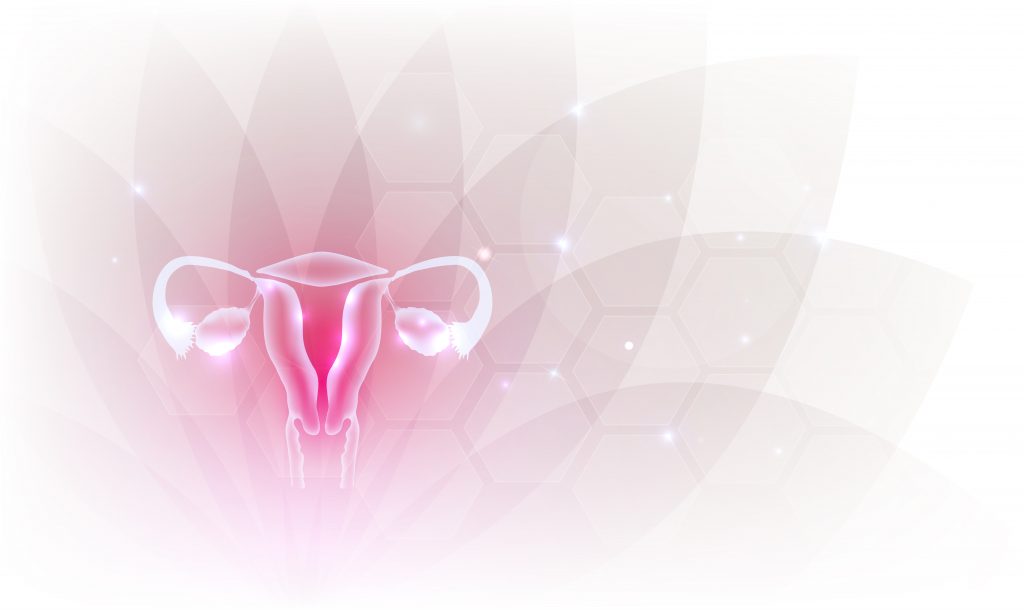We all know how Endometriosis can affect our lives. Migraines, horrendous period cramps, leg pain, and anxiety are just a few of its myriad of symptoms. It caused us to miss work and cancel dates last minute. Overall, it’s a long and painful nightmare. But despite how much the disease affects the daily lives of thousands, not many people actually know much about the disease. Questions such as “How did we contract it?” and “Why is it so hard to cure?” are commonly unanswered. For both these questions, the explanation is found in the disease’s origins…
The disease Endometriosis is quite unique when compared to more common diseases most people are familiar with. It is not caused by some form of bacteria, or viruses or even mold that has entered the victim’s system. Instead, the disease has been inside of the victim from the day they were born. Similar Heart Disease, Alzheimer’s or Asperger’s, Endometriosis is a disease with genetic disposition. Genetic Diseases are believed to cause by flaws in the coding of your DNA. Typically, smaller flaws do not affect the larger functions of the human body. However, the wrong piece of coding, in the wrong place, at the wrong time can make all the difference. When this all happens at once, a mutation occurs. And with that mutation comes a disease with several negative side effects. In our case Endometriosis.

This is why dealing with Endometriosis and other similar diseases is so difficult. The “disease” is within the DNA of the victim, and so cannot be cured through traditional means such as antibiotics. Often the best methods of dealing with these diseases is simply using different kinds of drugs to reduce or suppress the symptoms or in more extreme cases surgery or even costly and experimental methods such as gene therapy. As you likely already have experienced these are less than optimal solutions.
To make things worse genetic diseases tend to run in families, not only for the victim’s direct descendants but even for their existing relatives. In fact, a study from 2002 in Iceland looking at the development of Endometriosis in relatives of someone effected Endometriosis found that siblings and cousins had a 4-8 times greater risk of later being affected with Endometriosis themselves.

This is the sad truth about Endometriosis and several other diseases with genetic dispositions out there. And though it is frustrating that there is no easy way of dealing with Endometriosis methods are improving in the surgical field. For now, though we will look after our fellow endo warriors, whether they be friends, family or those we just met online, and make it through life one day at a time.
For our closing question:
Do you and a sibling or cousin both have endo? If so, what is your story and how has the shared experience affected your relationship?
Comment and share your story down below!












